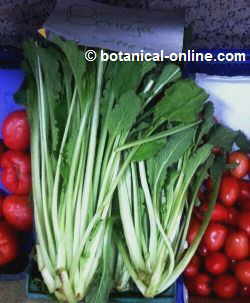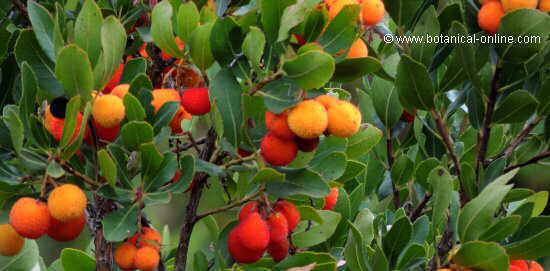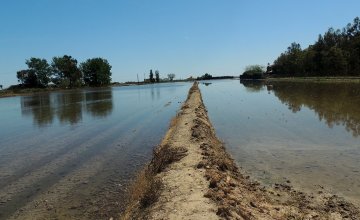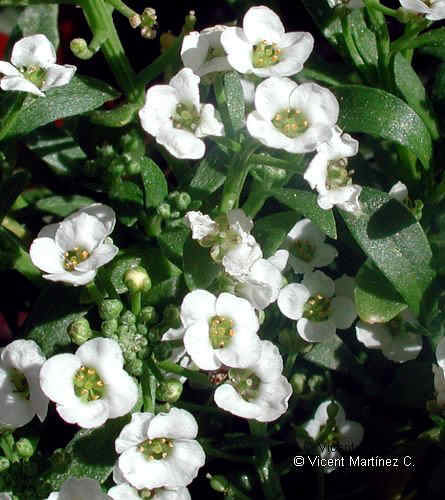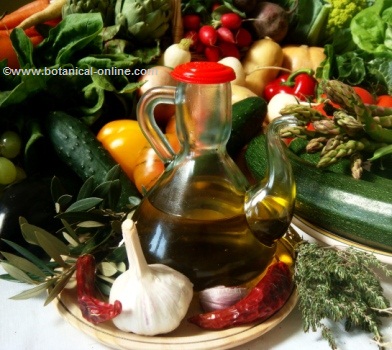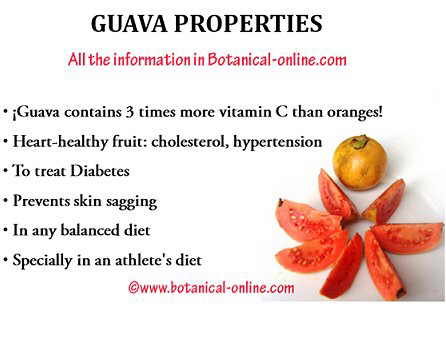Contents
What is a cherimoya tree?
Characteristics of cherimoya (Annona cherimola)
A cherimoya tree can grow up to about 7 meters high. Its roots are not very deep.
It has a strong woody trunk, smooth and not too thick bark, with many branches that form a very dense rounded crown.
These branches have lots of leaves. It is an evergreen and deciduous tree.
Physical characteristics of the leaves
Its leaves are simple, oval, elongated, smooth, alternate.
They are 10 to 20 centimetres long and about 10 cm wide. Its color is intense dark green.
They begin to sprout in early spring and last about two months.
Physical characteristics of the flowers
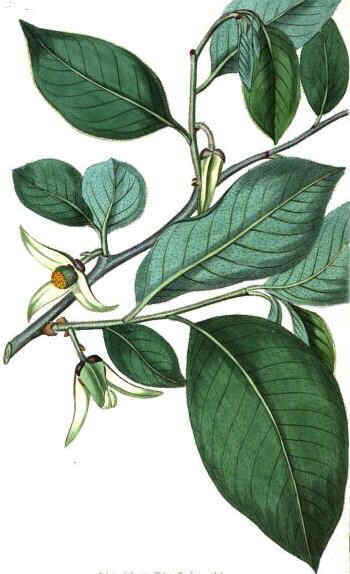
Drawing of leaves and flowers. There are over 100 different genera and 2000 species.
Its flowers are hermaphroditic. They are shaped like a bouquet divided into six petals, hanging from the branch.
In their center there is the calyx containing three sepals.
They are elongated, about 3-4 cm long, with three sides like a triangle, with a fleshy watery interior.
It has a masculine side, where the pollen lies, and a female, where the ovule lies.
The male part is made up of over 150 stamens, helically distributed whitish and purple. Each of the stamens has two anthers, containing pollen, one filament.
The female part is composed of only one ovule and about 150 carpels, distributed in spiral form, with the stigmas and the styles on the outside.
Cherimoya tree flowers are lighter green than the leaves or pale yellow.
Its flowering season begins in May and can last about three months. After flowering, when the ovule is fertilized, an edible fruit grows,called cherimoya, which is becoming better known and appreciated.
Pollination of flowers
It has a male and a female part, which mature at different times and can not be self-pollinated.
Normally pollination and fertilization of the ovule is performed by some beetles and few insects.
Another way of flower pollination is based on the cherimoya tree cultivation at different times, to cross the periods in which the flowers are male and female, and can, thus perform fertilization and increase fruit production.
These systems of pollination are sometimes not sufficiently profitable. It requires a highly effective pollination to give fleshy fruits since each cavity forming the fruit is a pollinated flower.
Therefore, this process is usually performed by hand, considerably increasing production, improving the fertility and the final quality of the fruit.
Physical characteristics of the fruit
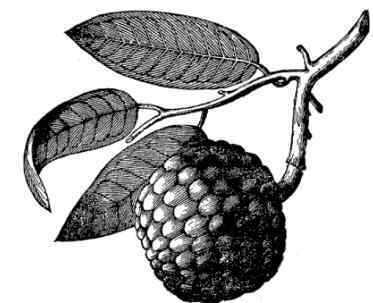
A drawing of a fruit hanging from a branch
Cherimoya fruit is composed of several symmetrical cavities (of similar structure than raspberries or blackberries), which are the result of the binding of the carpels. Each of these chambers contains a seed within.
Together they form a container about 15 centimeters in diameter and can weigh from about 300 g up to the kilo. They are heart-shaped or rounded.
On the outside, cherimoya fruit has a thin and smooth skin, bounded by the unions of the fruits that give it the appearance of scales or footprints. This feature is a product of the separately fertilization of the flowers. It has a deep green color that turns dark brown after being mature.
The interior contains an edible pulp, white, fleshy, with pasty texture. It tastes sweet, slightly acidic and is often consumed fresh.
The cherimoya is formed after pollination of fruit, in early summer, but it is not not edible, even after almost six months of time. In mid-late fall, it is harvested and allowed to mature away, to be consumed either as fresh fruit or as desired.
Physical characteristics of the seeds
The seeds can be found In the center of the pulp. They are hard, oval and approximately one centimetre in size. They have a very intense and brilliant brownish-black. The are covered by a hard coating that protects the endosperm (whitish color) inside.
These seeds are not only edible, but toxic when ingested. In fact, they are often used as insecticide.
Cherimoya varieties
The best known varieties are:
- Annona diversifolia Saff. (ilama).
- Annona muricata L. (soursop).
- Annona squamosa L. (Sugar apple).
Other less known varieties are:
- Annona purpurea (soncoya).
- Annona reticulata L. (Custard apple).
| Botanical classification | |
| Kingdom | Plantae |
| Subkingdom | Tracheobionta Vascular plants |
| Superdivision | Spermatophyta Seed plants |
| Division | Magnoliophyta Flower plants |
| Class | Magnoliopsida Dicotyledons |
| Subclass | Magnolidae Dicotyledons |
| Order | Magnoliales |
| Family | Annonaceae |
| Subfamily | Annonoideae |
| Tribe | Annoneae |
| Gender | Annona |
| Species | Annona cherimola |
Cultivation of cherimoya
Cherimoya is native from Peru and Ecuador, in South America, but it is also grown in Spain, Portugal, New Zealand and Australia.
It is grown in the tropics at high altitudes, between 1000 and 2000 meters.
It prefers cool areas with warm (15-25 º C) and sunny climates (5 hours of sun).
It neither tolerates temperatures below 15 º C or above 28 º C, nor strong winds and heavy or excessive rainfall (over 2000 mm).
Although is can grow in any soil, it prefers those with a neutral pH, since nutrient content can be lost if it is too acidic or too basic.
![]() More information about cherimoya.
More information about cherimoya.


